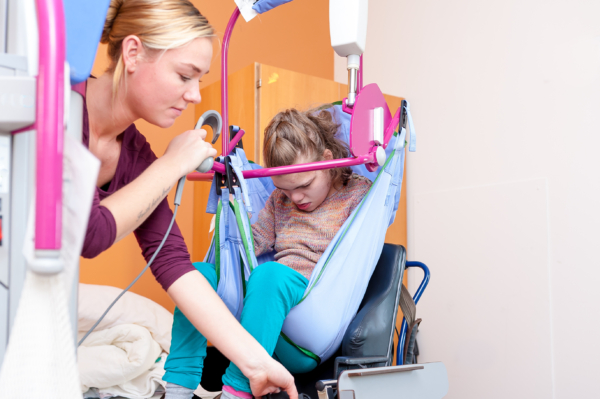Epilepsy
We specialise in epilepsy care and seizure management. We work closely with you, your loved ones to provide the care and support you need in your own home – with you in control. As with any medical condition epilepsy can affect individuals in different way, we are here to help.

What is Epilepsy?
Epilepsy is a condition that affects the brain and is one of the most common neurological conditions in the world. People diagnosed with epilepsy are found to have abnormal electrical activity in their brain which can cause seizures.
Seizures can look different for everyone with epilepsy, this depends on which part of the brain is involved. Some seizures cause the body to jerk or shake, sometimes known as a ‘fit’, whilst others can cause loss of awareness or unusual sensations.

Latest insights
Apprenticeships: Investing in the Complex Care industry
Our stories
From Healthcare Assistant to Registered Nurse with HASCS
Your kind words
Your work ethics and the vision of your company is what it should be. You clearly love what you do and the team have so much respect for your hard work. You all will always be our family.
Family of client | South West, UK
Your kind words
Health & Social Care Services Ltd have made such a huge difference to our family’s quality of life. After many years of continuous stress and battling to get the care that our disabled son desperately needed, to have an acceptable quality of life – it feels like we have suddenly ‘landed’!
Family of client | South West, UK

Our stories
Children’s Care to Adult Care: A Path to Independence
Latest insights
A Comprehensive Complex Care Guide for Beginners
Complex Care Solutions
Giving back your control
Our aim is that people with epilepsy have the best possible seizure control whilst managing risk, and an understanding and control of their condition.
Living with Epilepsy
Epilepsy is usually a lifelong condition, but with the right management techniques and treatments, most people with it are able to have normal lives. As epilepsy can affect people in different ways, everyone’s experience of living with the condition is different. Seizures can be dangerous, so it’s important to try to keep them as well controlled as possible. There are several things you can do to help.
- Medication
- Identify and avoid seizure triggers such as stress, lack of sleep, alcohol or some medicines and drugs.
- Regular reviews with GP, or epilepsy specialist team
Causes of Epilepsy
In epilepsy, the signals in the brain become scrambled and there are sometimes sudden bursts of electrical activity. This is what causes seizures.
In most cases, it’s not clear why this happens. It’s possible it could be partly caused by your genes affecting how your brain works, as around 1 in 3 people with epilepsy have a family member with it.
Occasionally, epilepsy can be caused by damage to the brain, such as damage from:
- a stroke
- a brain tumour
- a severe head injury
- drug abuse or alcohol misuse
- a brain infection
- a lack of oxygen during birth
Types of Seizures
Seizures are divided into groups depending on which part of the brain is involved.
- Simple partial (focal) seizures or ‘auras’- These seizures are sometimes known as “warnings” or “auras” because they can be a sign that another type of seizure is about to happen.
- Complex partial (focal) seizures- During a complex partial seizure, you lose your sense of awareness and make random body movements.
- Tonic-clonic seizures- A tonic-clonic seizure, previously known as a “grand mal”, is what most people think of as a typical epileptic fit. First you will lose consciousness, and then your limbs may jerk about.
- Absence seizure- these mainly affect children but can happen at any age. A person may stare blankly into space, look like they’re daydreaming, or make slight jerking movements of their body or limbs.
- Myoclonic seizures- A myoclonic seizure is where some or all your body suddenly twitches or jerks, like you’ve had an electric shock. They often happen soon after waking up.
Visit the NHS for a full list of seizures and their definitions- https://www.nhs.uk/conditions/epilepsy/symptoms/#:~:text=has%20a%20seizure-,Types%C2%A0of%20seizures,-Simple%20partial%20(focal
Useful Resources
For further support and advice, you may find it handy to visit websites of charities, support groups or the NHS. Here are some resources you may find useful-
Epilepsy Society- https://epilepsysociety.org.uk/living-epilepsy
Epilepsy Action- https://www.epilepsy.org.uk/
Refferals
Speak to our care professionals for comprehensive care solutions tailored your needs
We welcome referrals from case management teams, local authorities, NHS Trusts and integrated care boards, charities as well as directly from the home and family. Upon referral, our team will contact you, where they can talk you through the entire process and guide you through each stage, as well as answering any questions you may have.

